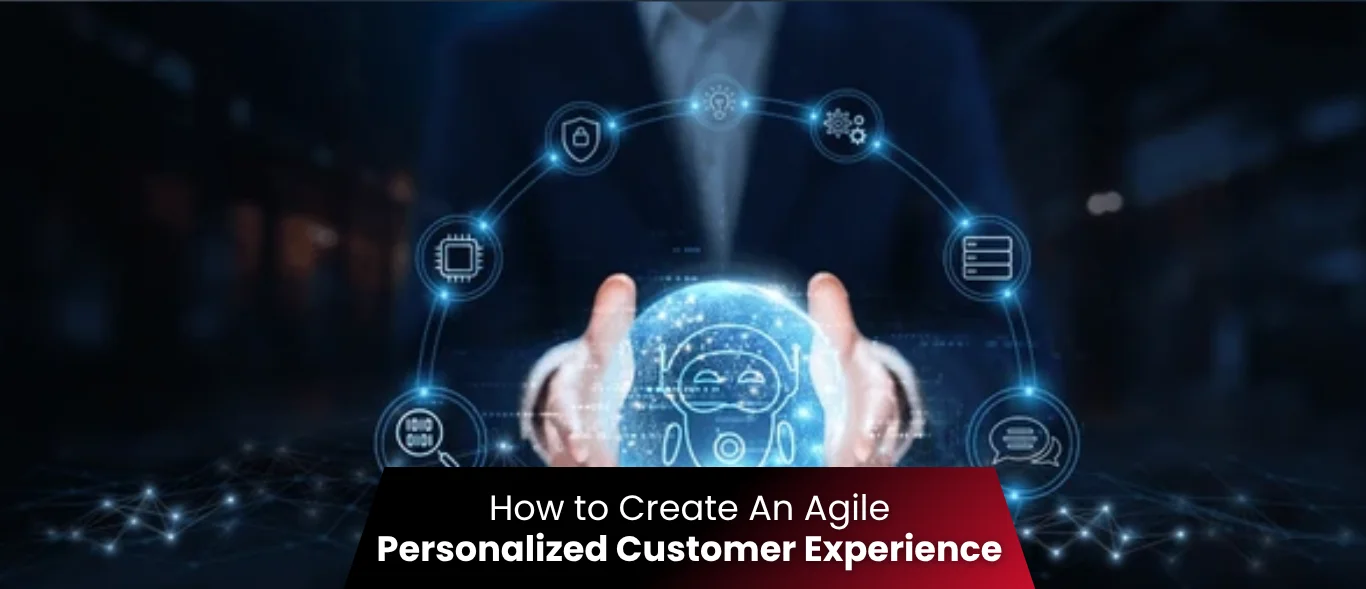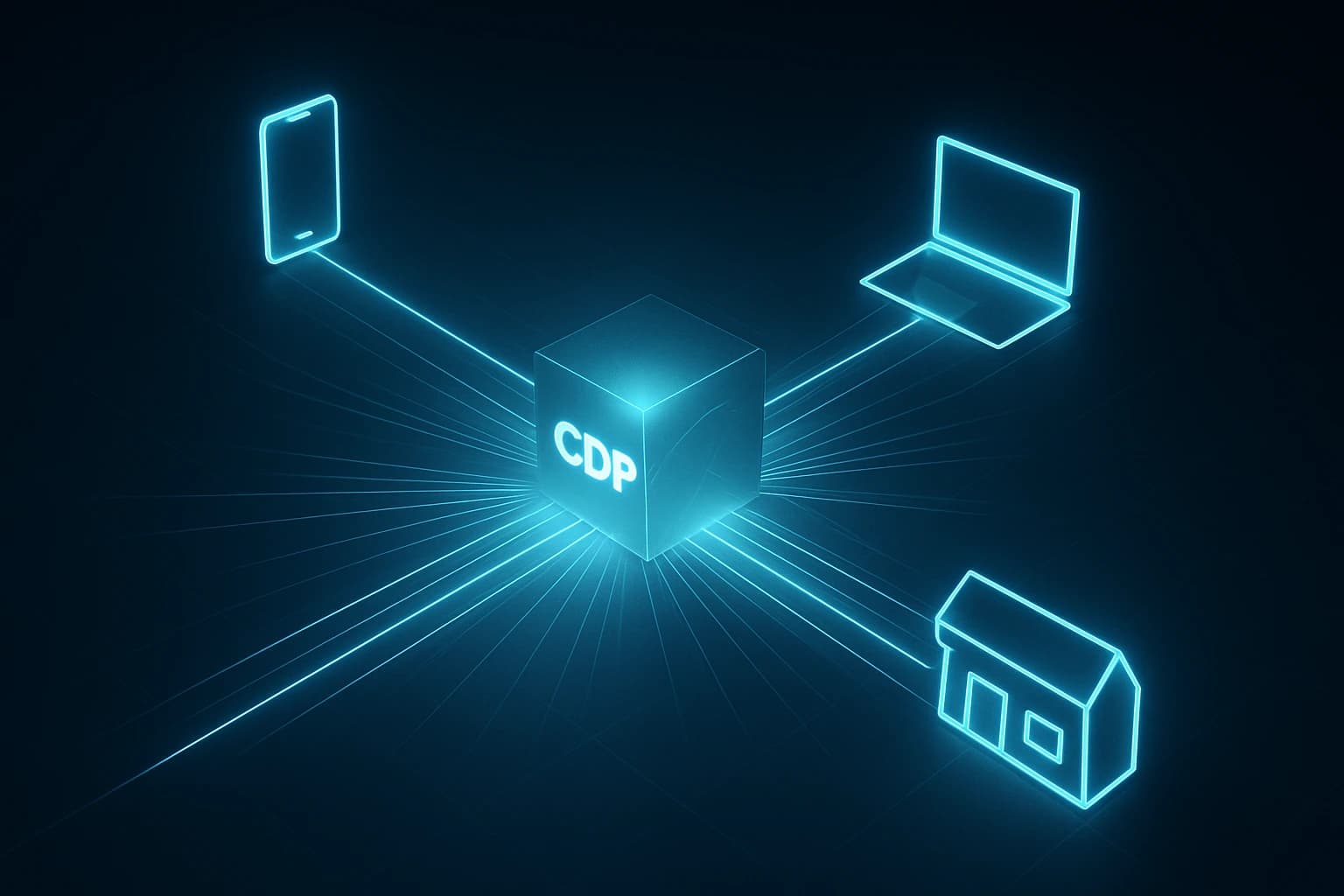In the digital age we live in, Customer Experience (CX) has become the key differentiator between a successful business and one that is not. Helping companies to provide a personalized customer experience is a key benefit of big data.
Making your customers feel special and providing them with a personal touch throughout their buying journey helps them remain loyal to your brand.
But in today's automation age, it's very easy to lose the "human touch" when a business scales. Keeping that in mind, we provide some tips in this blog post on how to create a personalized customer experience.
What is Personalized Customer Service?
It's all about the 'Who' and the 'What'. The scientific approach to achieving a personalized customer experience involves utilizing customer data to tailor interactions with clients. In addition to the mandatory inputs, such as name and location, you need to analyze the customer's purchase history to recommend new products or services that are relevant to them.
Personalized customer service does not always mean selling at every stage, though that is invariably the long-term marketing goal. To move a prospect up the sales funnel, customers can be offered custom content or features designed explicitly for them.
This could include a custom landing page or efforts to provide a VIP experience. Today, technology plays a significant role in creating a more personalized customer experience. Data and technology, such as artificial intelligence that powers chatbots, enable more human-like and customized interactions with customers.
Use behavioral modeling to acquire new customers >>>>> Consult our experts
What are the Advantages of Personalization?
Personalization offers advantages to both the business and the customer. It can create a more frictionless experience for customers, in turn reinforcing brand loyalty, as customers cherish a one-on-one relationship with the company.
Returning customers means not only customer retention but also a higher conversion rate, as well as an increase in the average order value.
How Retailers and Consumer Brands Can Strategize to Achieve Personalization?
There are four key areas that retailers need to focus on to create a personalized customer experience:
- Identity resolution: Brands need to know who their customers are, and also their wants and desires
- 360-degree profile: Accuracy of customer data is vital, and so is the making of a standard profile
- Me content: To make customers feel special, marketing needs to serve up personalized content and experiences
- Measure Success: Finally, they need to measure the success of their personalized customer experiences and constantly improve them
Focusing on these four areas, brands can ensure they provide the best possible experience for their customers.
What is Personalization with Examples?
To wow your clients, here's what you may do:
- With the help of customer data, create targeted marketing campaigns by creating segmented audience lists and then sending different messages to each segment. You may even drill down and tailor your message to the specific needs and interests of an individual client.
- Follow up with offers of personalized product/service recommendations: What can help you here is data from past purchases. You may even track browsing patterns on your website and make related product recommendations. This can be done through emails, forms, pop-ups on your website, or even in person when customers visit your store.
- Provide a customized website experience: Personalize the home page to show products relevant to the individual user. Also, provide a seamless checkout process between devices and channels.
- Take that extra step and allow customers to customize their products, from choosing the color to adjusting the delivery time. This is a great way to make your customers feel special and appreciated.
- Don't forget to send a personalized thank-you note: This is a great way to show your clients that you really care about them and their experience with your store.
6 Ways of Personalizing the Experience
- Use customer data to personalize the experience: The most scientific way is to utilize customer data to tailor the experience to each individual. By using data such as purchase history, demographics, and social media activity, a business can gain a clear understanding of what each customer needs. This information can then be used to create a more personalized and tailored experience for each individual.
- Ask for customer feedback: Make it easy for customers to provide feedback. Use surveys and comment cards, or even ask customers about their experience. When customers provide feedback, it goes a long way toward improving the customer experience.
- Use customer service as an opportunity to personalize the experience: A business can provide more personalized service by getting to know each customer and understanding their needs.
- Utilize technology to its maximum potential: Technology, such as data analytics and artificial intelligence, should be leveraged to its fullest extent. Many software programs can now create customized content, emails, and even phone experiences. Technology can thus be used to create an experience that is tailored specifically to each individual.
- Self-service is for hyper-personalization: Customers want hyper-personalized experiences through self-service. Using a self-service portal, your company can convey information through "How-to" guides, FAQs, and other resources. Also, be sure to provide tips and best practices to help your customers.
- Listen to feedback: Lastly, listen. All businesses must receive feedback from their customers. They can gain valuable insight into what is working well about your products or services and what needs improvement.
When businesses analyze feedback, they can identify customer pain points and needs, allowing them to focus on improving these areas.
What is Consumer Data Privacy, And What is Personalization At Scale?
We are increasingly moving towards an era of increased online privacy. So how does a business ensure that it does not break the law while collecting customer data? Of course, you need to start by collecting customer data through surveys, customer interviews, and other research methods. Use that data to create customer profiles.
At the same time, a company requires a data privacy policy in place. This document outlines our procedures for collecting, managing, and protecting customer data. Companies must implement various data protection methods tailored to the type of data collected, available hardware and systems, industry-specific threats, and other relevant factors.
The following methods commonly protect consumers' privacy:
- Providing login information and passwords for online accounts
- Data encryption
- Using a secondary method to verify online transactions, such as text messaging
Personalizing the customer experience can be a powerful way to improve customer satisfaction. It enables companies to connect with consumers on an emotional level—something branding alone cannot achieve effectively—and differentiates companies across various industries. At the same time, it creates unique experiences for consumers at every interaction point along the entire customer journey – before, during, and after purchase – helping businesses become trusted brands over time.
Use behavioral modeling to acquire new customers >>>>> Consult our experts
Where is Your Business on the Personalized Experience Journey?
Now that you are aware of what customer personalization entails, you need to assess your business's current position on this journey.
Is your business at the very start of the journey? Or has it already initiated the first few steps, such as customer segmentation?
If you have identified the different segments of your customer base, their needs, and developed targeted personas for each segment, you then need to analyze their behaviors and preferences.
And don't forget – even if you have implemented the entire gamut of improvements, you still need to enhance the customer experience continually. This can be achieved by implementing an effective and robust monitoring program.
Conclusion
We live in a digital age where Customer Experience has become the defining characteristic of a successful business. Big data helps companies to personalize their customer experiences. Your customers will remain loyal to your brand if you make them feel special and provide a personal touch throughout their buying journey.


